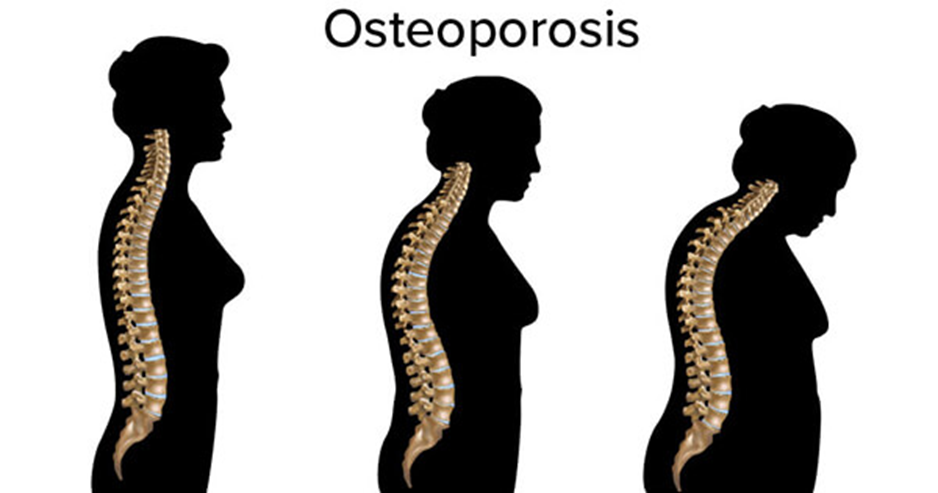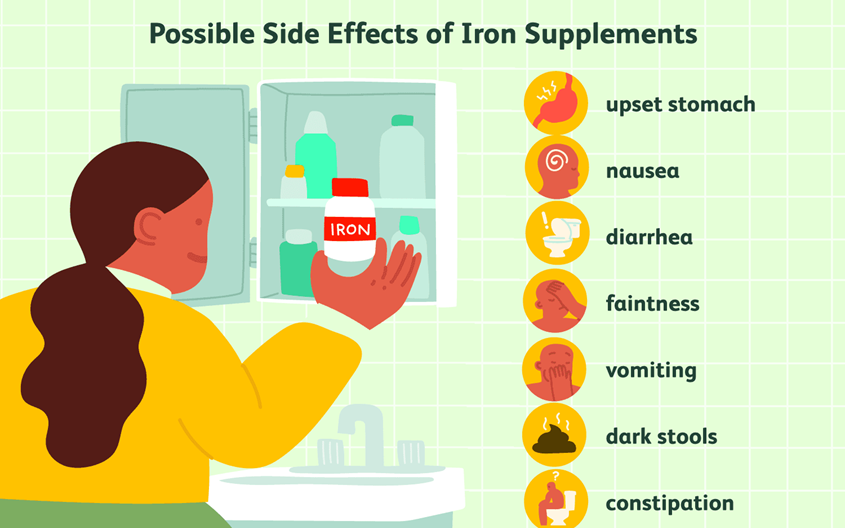A nurse is caring for a client who is receiving treatment for cancer and is experiencing stomatitis. Which of the following actions should the nurse take to help manage the condition?
Provide an alcohol-based mouthwash.
Minimize the use of gravies and sauces.
Recommend consumption of cold items.
Discourage drinking with a straw.
The Correct Answer is C
Choice a is not correct because providing an alcohol-based mouthwash is an action that the nurse should avoid when caring for a client who has stomatitis. Alcohol can dry and irritate the oral mucosa and worsen the condition.
Choice b is not correct because minimizing the use of gravies and sauces is not an action that the nurse should take to help manage stomatitis. Gravies and sauces can help moisten dry foods and make them easier to swallow for a client who has stomatitis.
Choice d is not correct because discouraging drinking with a straw is not an action that the nurse should take to help manage stomatitis. Drinking with a straw can help prevent contact between fluids and sore areas of the mouth and reduce pain for a client who has stomatitis.
Nursing Test Bank
Naxlex Comprehensive Predictor Exams
Related Questions
Correct Answer is C
Explanation
Choice A reason: Using NSAIDs for pain relief is not a risk factor for osteoporosis. NSAIDs are nonsteroidal anti-inflammatory drugs that are used to treat pain and inflammation. They do not affect bone density or calcium metabolism.
Choice B reason: Age 45 years is not a risk factor for osteoporosis. Osteoporosis is more common in older adults, especially postmenopausal women, but it can affect anyone at any age. The risk of osteoporosis increases with age, but it is not determined by a specific age.
Choice C reason: Smoking cigarettes is a risk factor for osteoporosis. Smoking can reduce bone mass and increase bone loss by interfering with the production and activity of estrogen, which is a hormone that protects bone health. Smoking can also impair blood circulation and oxygen delivery to the bones, which can affect their growth and repair.

Choice D reason: Regular aerobic exercise is not a risk factor for osteoporosis. Aerobic exercise is a type of physical activity that increases the heart rate and improves cardiovascular fitness. Aerobic exercise can also benefit bone health by stimulating bone formation and increasing bone density. Aerobic exercise can also prevent falls and fractures by improving balance and coordination.
Correct Answer is C
Explanation
Choice A: This is incorrect because taking iron supplement with an antacid can reduce its absorption and effectiveness. The client should take iron supplement on an empty stomach or with a source of vitamin C to enhance its absorption.
Choice B: This is incorrect because drinking liquid iron supplement undiluted can stain the teeth and cause irritation to the mouth and throat. The client should dilute liquid iron supplement with water or juice and drink it through a straw.
Choice C: This is correct because increasing fiber intake while taking iron supplement can help prevent constipation, which is a common side effect of iron supplementation. The client should also drink plenty of fluids and exercise regularly to promote bowel movements.
Choice D: This is incorrect because notifying the doctor if stools turn black is not necessary as it is a normal and harmless effect of iron supplementation. The client should only notify the doctor if stools are tarry, bloody, or have a foul odor, which can indicate gastrointestinal bleeding.

Whether you are a student looking to ace your exams or a practicing nurse seeking to enhance your expertise , our nursing education contents will empower you with the confidence and competence to make a difference in the lives of patients and become a respected leader in the healthcare field.
Visit Naxlex, invest in your future and unlock endless possibilities with our unparalleled nursing education contents today
Report Wrong Answer on the Current Question
Do you disagree with the answer? If yes, what is your expected answer? Explain.
Kindly be descriptive with the issue you are facing.
